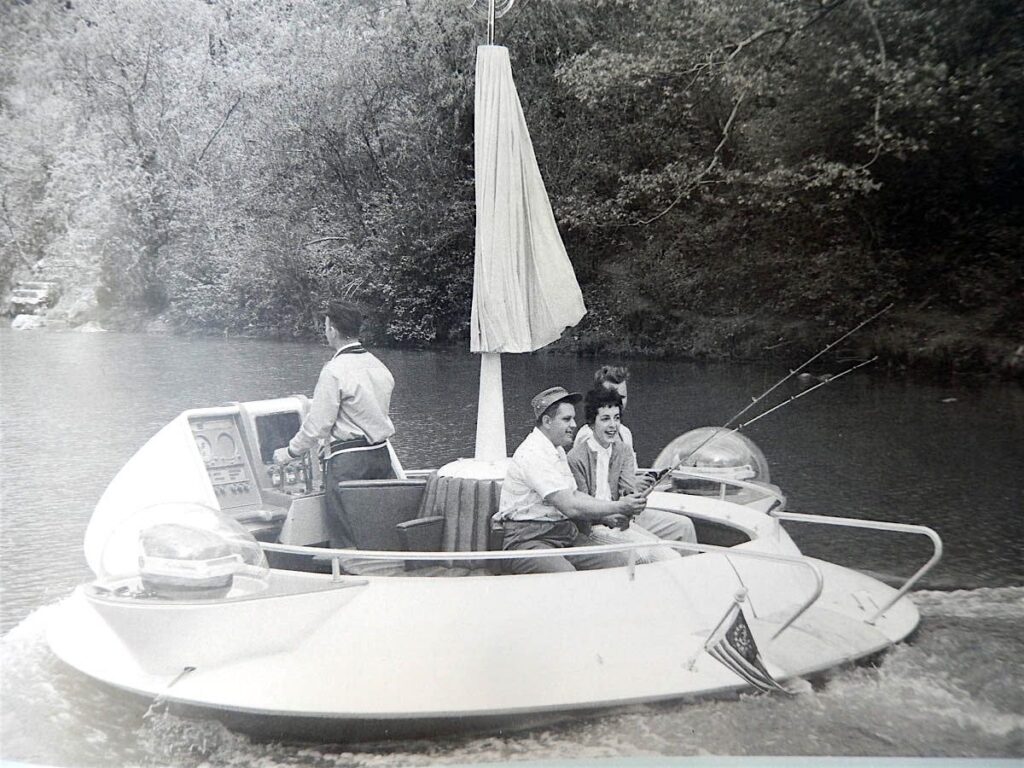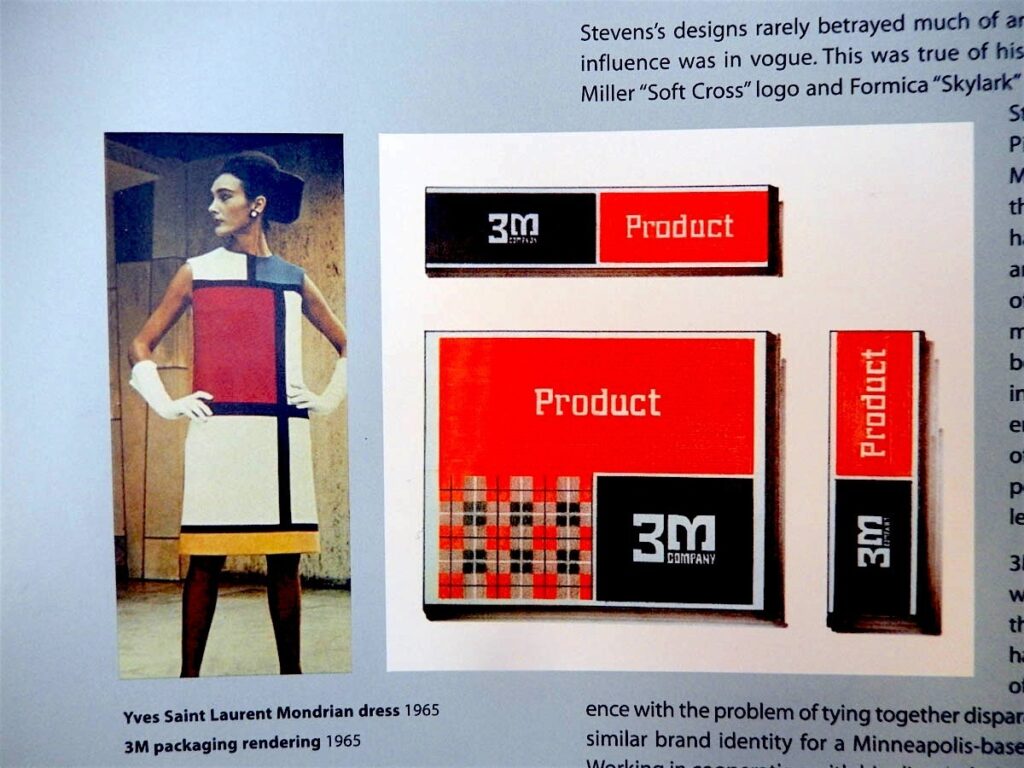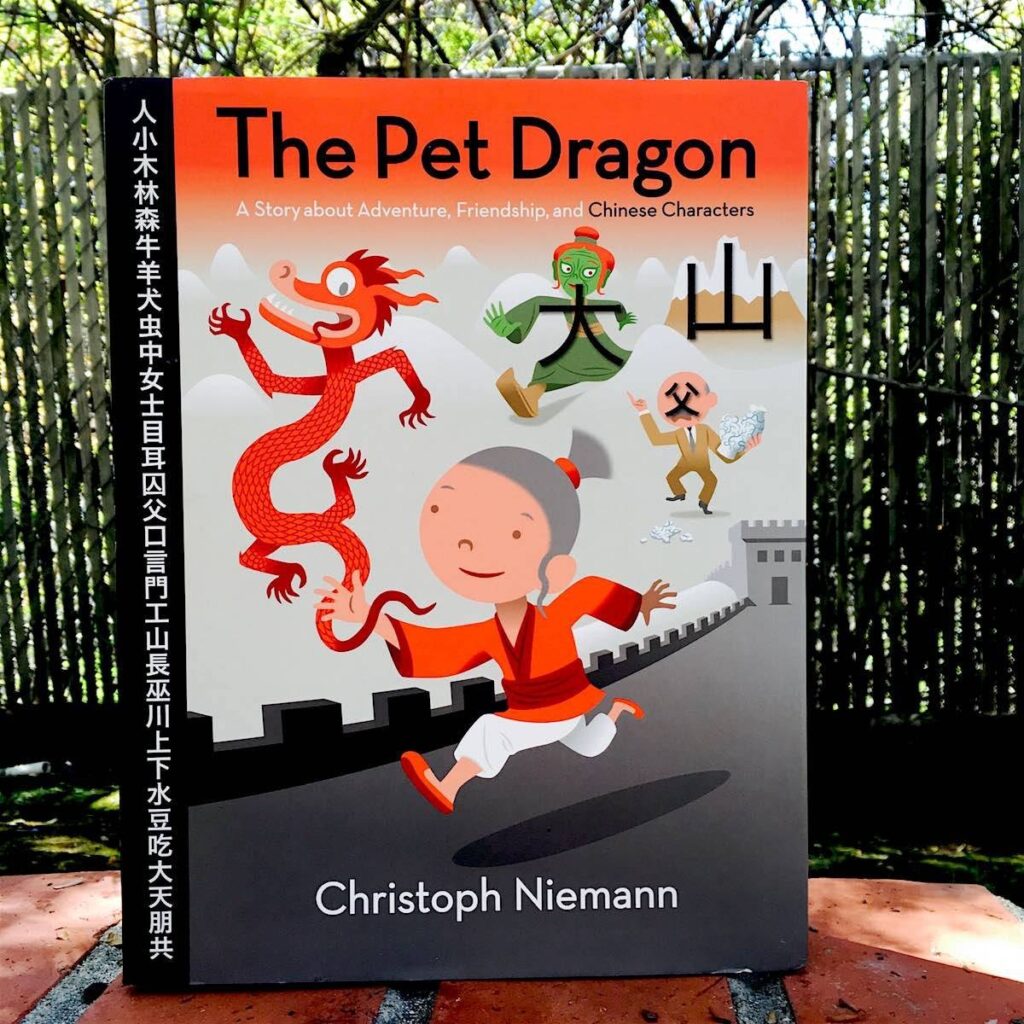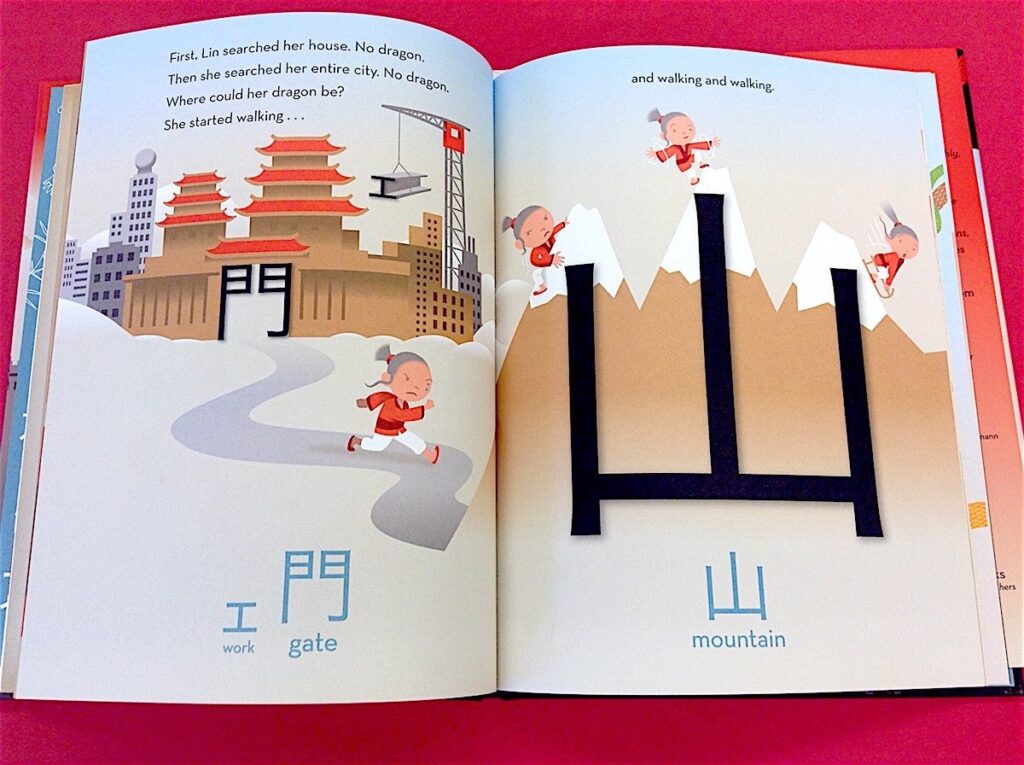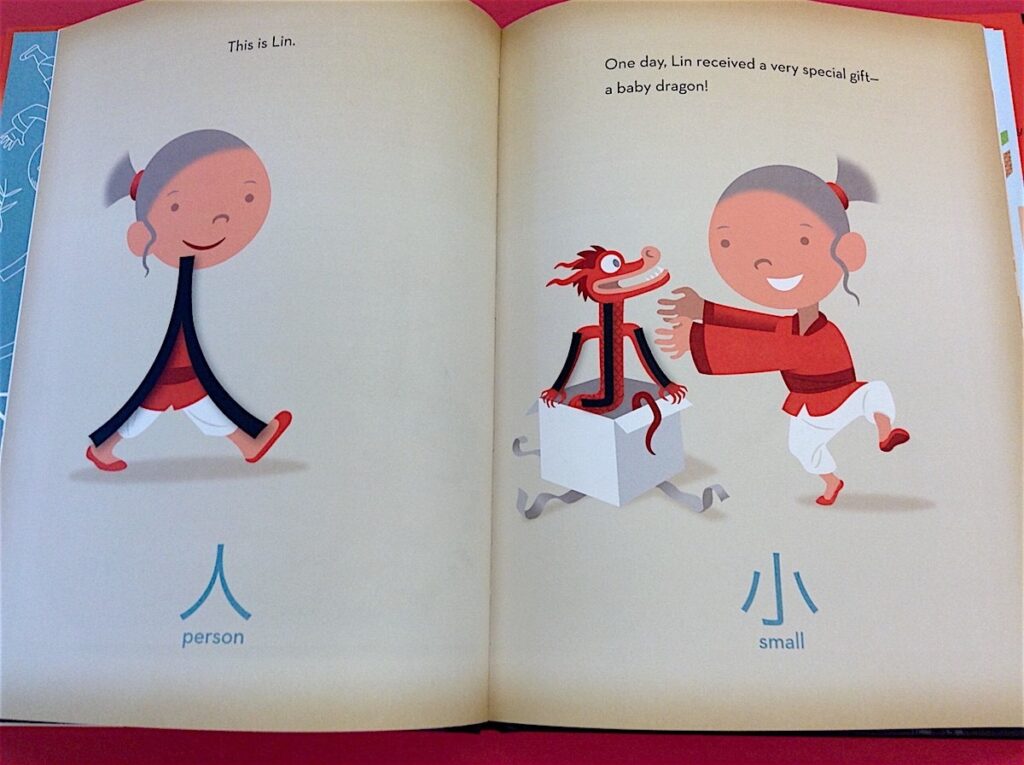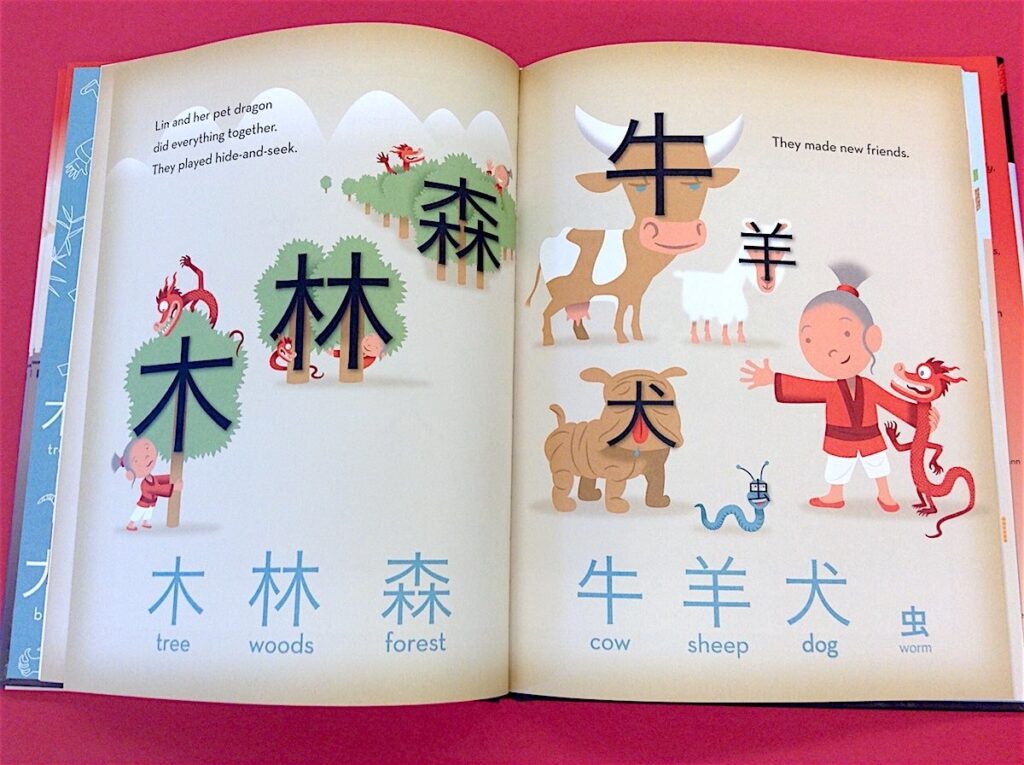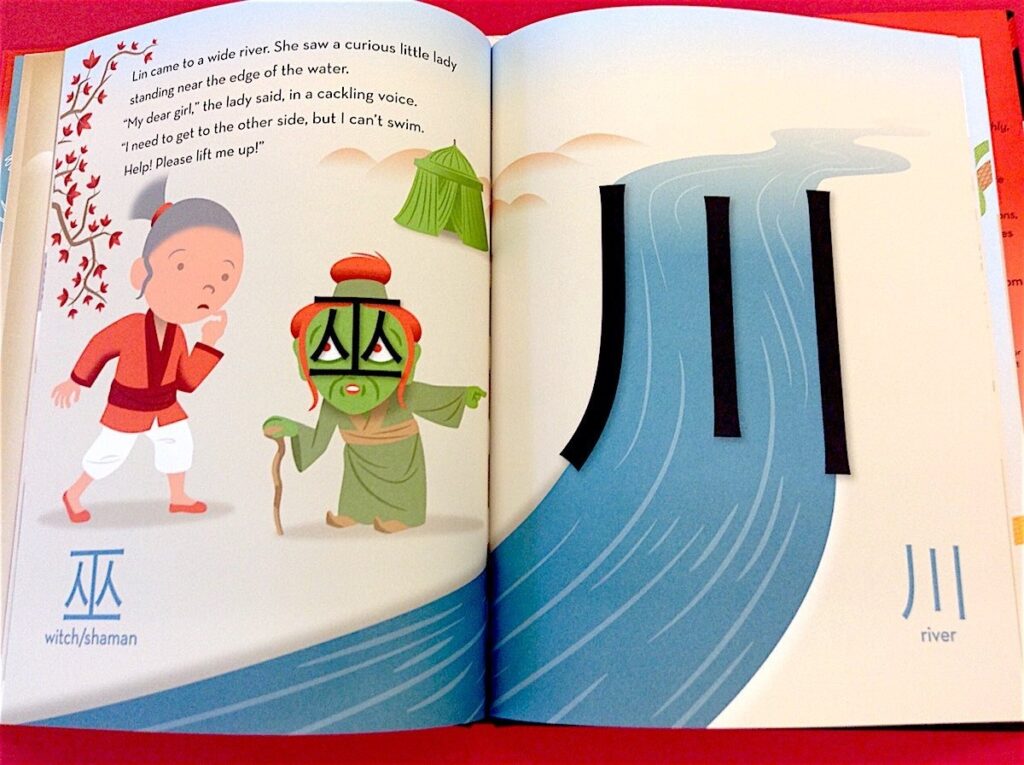Memorization
Tools for Possibilities: issue no. 76
Once a week we’ll send out a page from Cool Tools: A Catalog of Possibilities. The tools might be outdated or obsolete, and the links to them may or may not work. We present these vintage recommendations as is because the possibilities they inspire are new. Sign up here to get Tools for Possibilities a week early in your inbox.
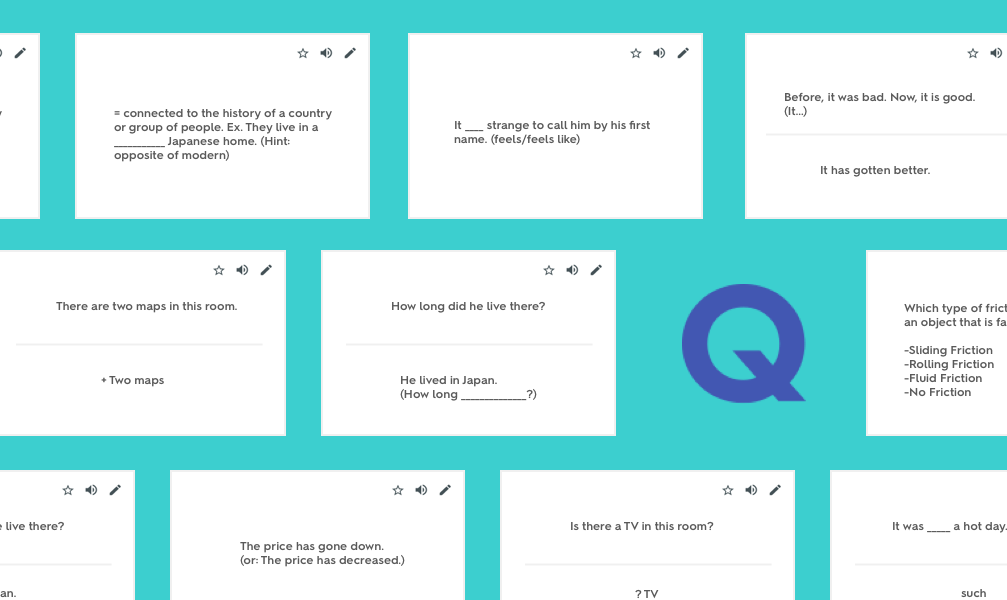
Superior flash card system
Quizlet is used almost daily by 12 million people but you’ve never heard of it unless you have a high school student. It’s a cloud-based flash card app. Here’s how my highschool son explains it. — KK
Quizlet is what I and all my friends use to study vocabulary or anything else we have to memorize for class. It is super easy and super fast to add a card. No paper, auto-define buttons, lots of keyboard shortcuts make the process of creating a Quizlet quick and painless. Because Quizlets are all stored in the cloud, I can access them from anywhere and not worry about losing track of it. I usually type the cards on my laptop and then review/test on my phone. I can easily share my Quizlets with friends. There’s built in gamification for testing myself which makes memorizing a million words less of a daunting task. Quizlet also has a lot of other features which I haven’t yet tried; to me it is mostly a practical memorization aid. The best feature of all though is that it’s completely free! — Tywen Kelly
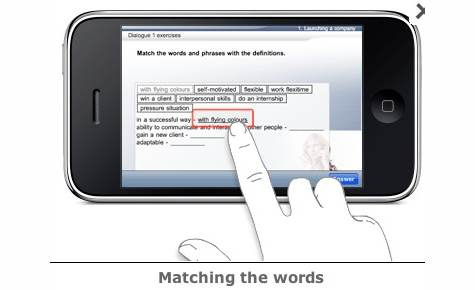
Best memorization aid
In high school, I tried to learn Spanish, and failed. In college, I tried again, and failed again. Then, in my thirties, I discovered SuperMemo, and within a year I had memorized thousands of Spanish words and phrases and was finally on my way to speaking Spanish.
SuperMemo is software premised on the idea that there is an ideal time to practice any item you are trying to remember. You want to practice when you have almost forgotten it. Too soon, and you waste your time, and even interfere with long term memory formation. Too late, and you’ve lost the trace, and have struggle to learn it again. There is a simple equation that describes the shape of the forgetting curve, but the exact curve is different for every item and for every person. There is no single “best pace” for memorizing all things.
However, your ideal time to practice can be predicted from your history of attempted recall. The inventor and memory expert Piotr Wozniak reduced this practice to software many years ago, and his technique, called “spaced repetition,” is now available in quite a few learning products, including Wozniak’s own SuperMemo, and an open source version called Anki. None of them are perfect from a usability point of view. But any of them will work far, far better than random study of flashcards. These tools will not give you all the pieces of the learning puzzle, obviously. Memorization is only one step. But it is a crucial, difficult, first step, and it is wonderful to get a boost.
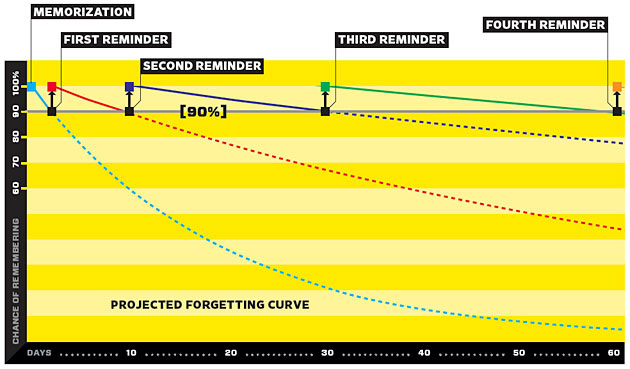
I recommend SuperMemo or Anki to every student who needs to memorize: vocabulary, science and medical terms, names and faces, musical chords, technical specs — anything that can be reduced to a flash card.
SuperMemo for Windows (its main version) has a famously slow-to-evolve interface that will irritate anybody used to the convenience of modern UX, but it contains many wonderful features, including “incremental reading,” which is a way to save and remember passages from books and articles. Anki is quite primitive in terms of features, but has an up-to-date interface and is available on most platforms, including an iOS and free Android app. — Gary Wolf
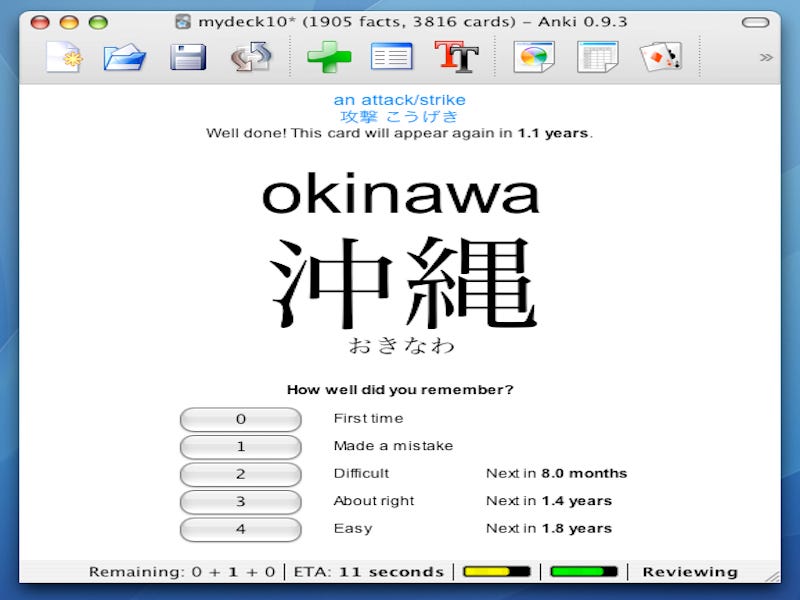
Open source study tool
Anki is a free, open source, flashcard program that is the best method I have used for memorization. I originally found it when I was looking for a better way to study for an EMT class. I quickly discovered one of the coolest features of Anki was the database of shared “decks” you can download for free. As it happens, another EMT student had already gone through the trouble of composing a deck that covered all of the material thereby saving me countless hours. The range of topics is astonishing but the most popular subjects appear to be languages (Japanese being the favorite) and vocabulary.
The system that Anki uses to order the cards is called “spaced repetition“. It is based on an algorithm that uses how you rank each card to determine when it will show that particular card in order to maximize retention (and save time). The harder you rank the card the sooner the information reappears, and vice versa. This technique was first pioneered in the popular flashcard generator SuperMemo ($60), and is also used by Mnemosyne (free). Anki also has a slick informatics feature enabling it to produce statistics and graphs detailing how you have been learning over time. Another benefit is that you get to decide the pace of learning by setting the amount of new information introduced every session. I personally chose Anki because of the availability of community-sourced decks and have been thrilled with it so far. However, I am interested in exploring the other options as my studying increases.
Anki currently supports text, LaTeX, images, and sound, and though I haven’t created many decks the process is easy and is helped by a clean user interface. It allows you to share your created decks, and offers the option to upload them to the Anki website where you can access the cards anywhere with an internet connection (and sync them across multiple computers). A downloadable version of Anki is supported on all the major operating systems (OSX, Windows, Linux) as well as iPhone, Android and Nintendo DS. In the end, Anki is one of the best pieces of free software I use, and I highly recommend it to anyone in need of a better study tool. — Oliver Hulland
03/4/24






